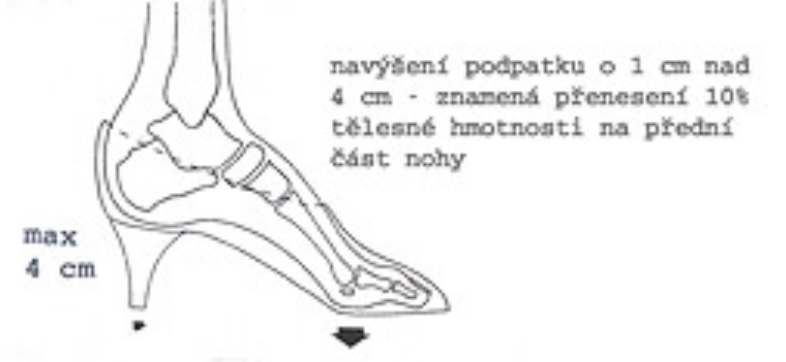The basic and one of the most important criteria of barefoot shoes is the WIDTH OF THE SHOE.
Shoe width
The human foot is naturally wide, with the toes spread wide and apart. It is precisely in order to achieve body stability. That is why we need a shoe that is wide enough in the toe area, because if it is not wide enough, the toes are compressed, the body looks for stability in other ways, for example by twisting or, on the contrary, by falling in the ankles, knees, hip bones. A child's shoe must therefore respect the shape, size and constant development of the foot. It must be spacious in the toe area, flexible, breathable and flat. And barefoot shoes fulfill this perfectly.
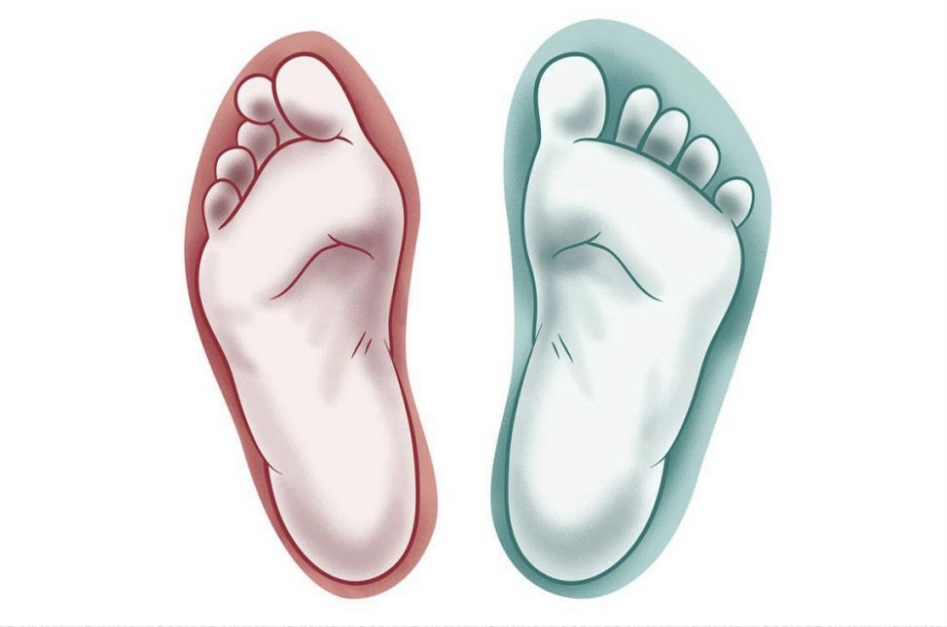

Length
The shoe should also be long enough, because when stepping on it, the foot seems to get bigger, lengthens, increases its volume sometimes even by 1 cm. Therefore, the leg must have sufficient space in front of the toes. The recommended space in front of the fingers, also called oversize, is approx. 1-1.2 cm, for smaller children and beginning walkers it is 8 mm. From the excess, 6 mm of space is needed for the work of the fingers, and the remaining part is a reserve for the growth of the leg.
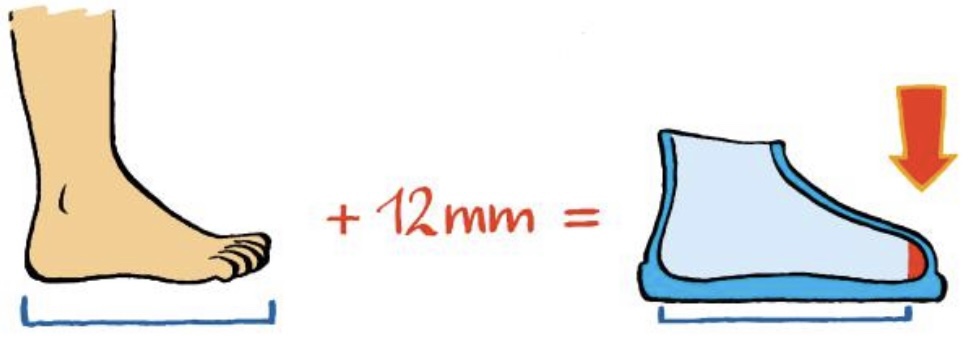
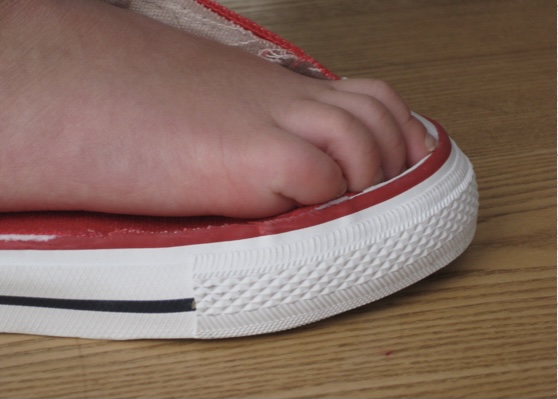
Thin sole
The shoes should have a sole with a thickness of max. 6 mm, in order to provide the child with enough stimuli to feel the unevenness of the terrain. Children need shoes that allow the brain to be connected with the environment (thanks to the endings of thousands of nerves in the feet). Through a huge number of receptors in the legs, information about the terrain is sent to the brain, which is evaluated there, and based on it, many subsequent complex events occur, such as the evaluation of the body's center of gravity, control of movement and body position, muscle position. By the fact that the child constantly bends his legs, wiggles them, puts them in different positions, the natural reaction to this is strengthening, the work of the muscles that are strengthened becomes stronger, the posture improves and the proper arch of the feet develops. Barefoot shoes are therefore the ideal choice to support NATURAL child development and proprioception.
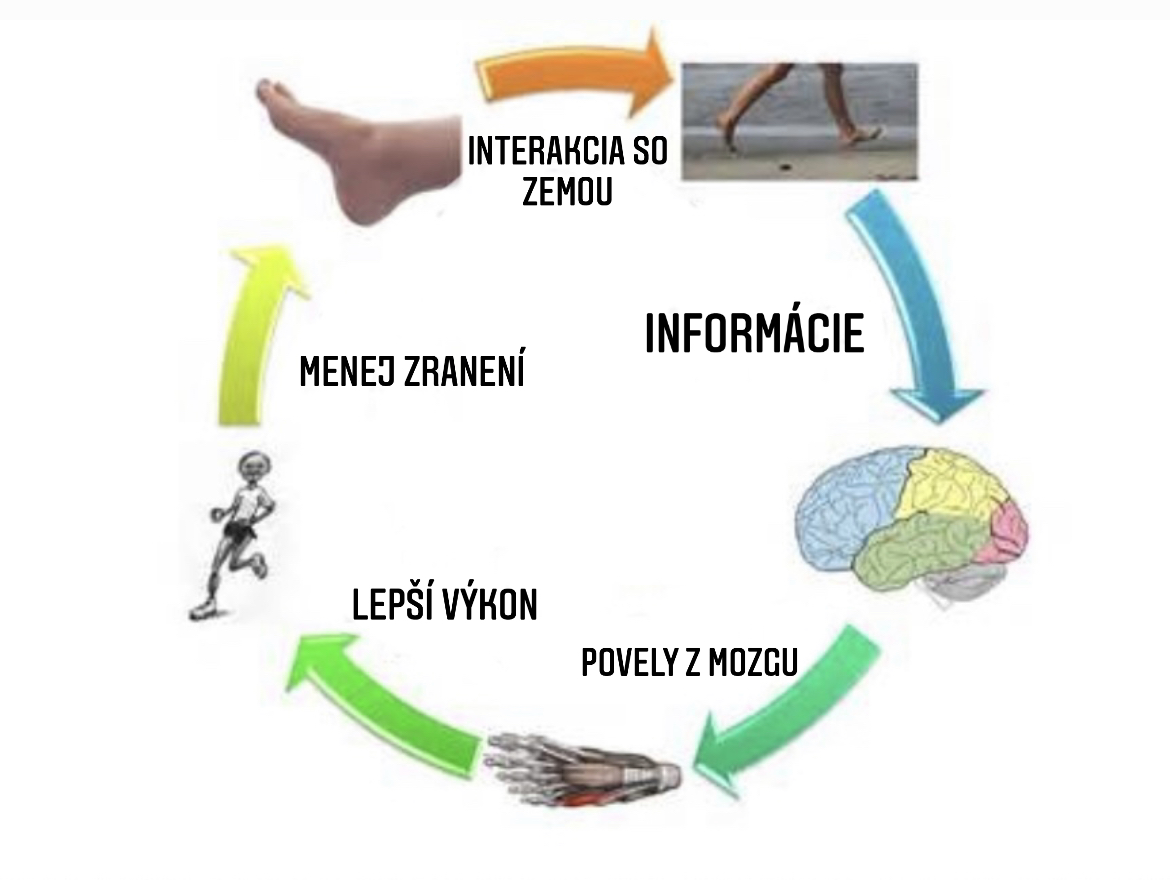
Proprioception is the ability of the nervous system to detect changes occurring in the muscles and inside the body through movement and muscle action ("polocent"). It is necessary for proper movement coordination, registration of changes in body position, muscle tone and the course of some reflexes. We get up to 70% of the information about the environment in which we move through the proprioceptors in our feet.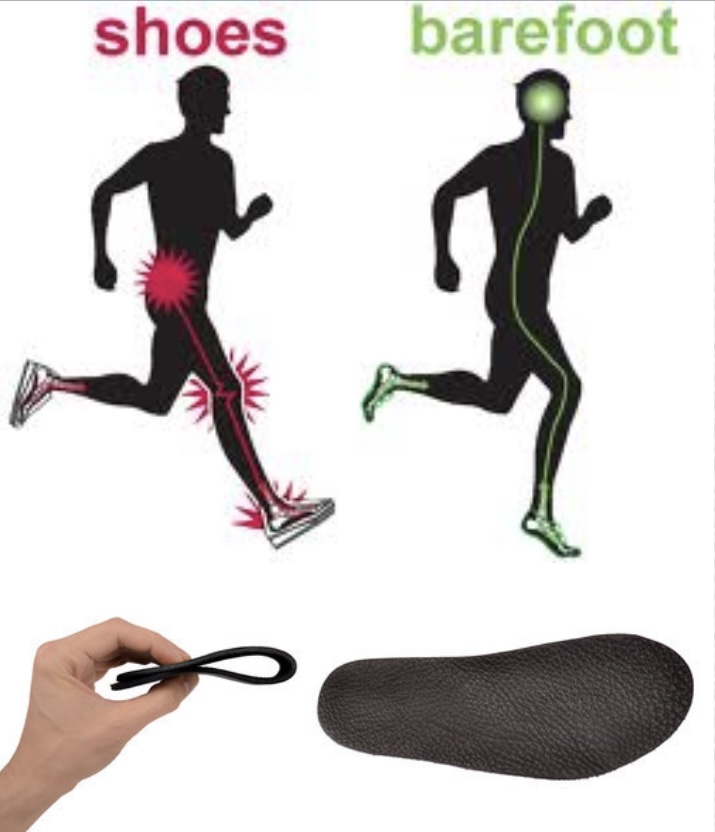
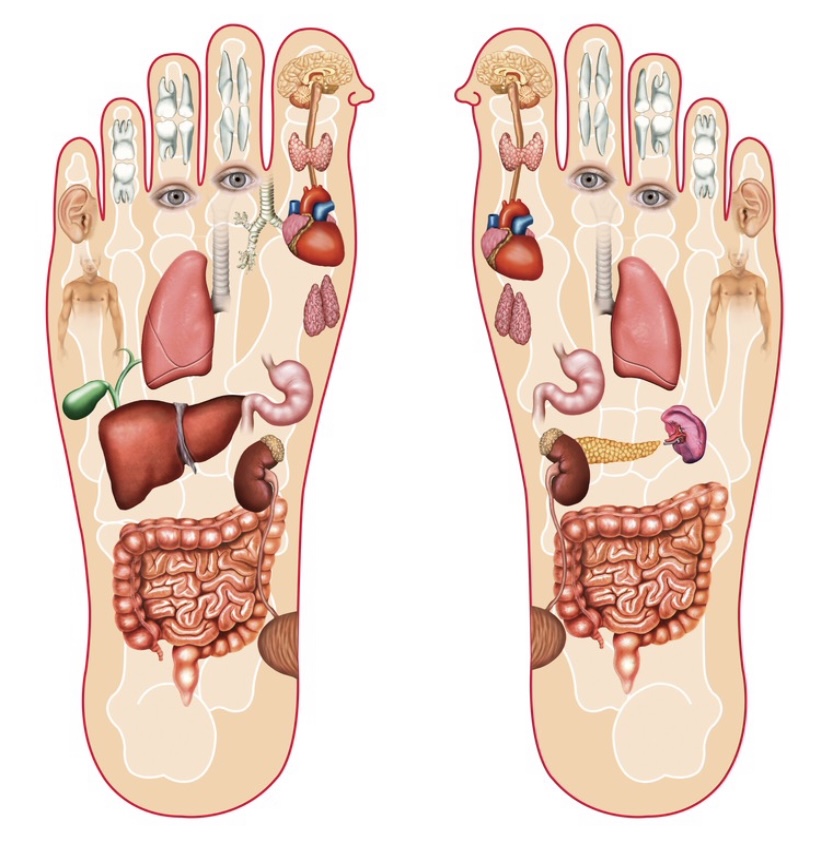
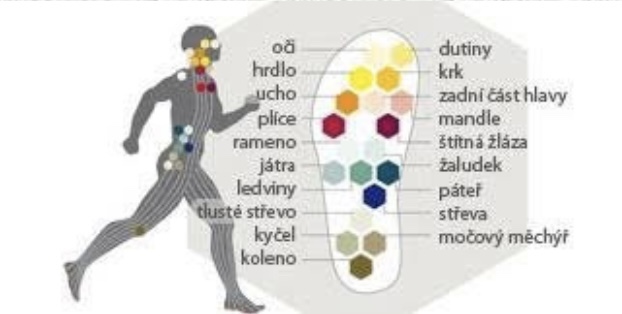
he shoe's flexibility and light construction
Barefoot shoes should also be flexible both transversely and longitudinally, it is ideal if we can "squeeze" the shoe and they should have a light construction, as the child squats, stretches, stands on tiptoes while walking, constantly changes the position of the body and the position of the leg and the shoe should only be a kind of protective covering for the feet, it should not burden the feets, limit them in any movement, allow them to naturally rotate, tilt and turn.
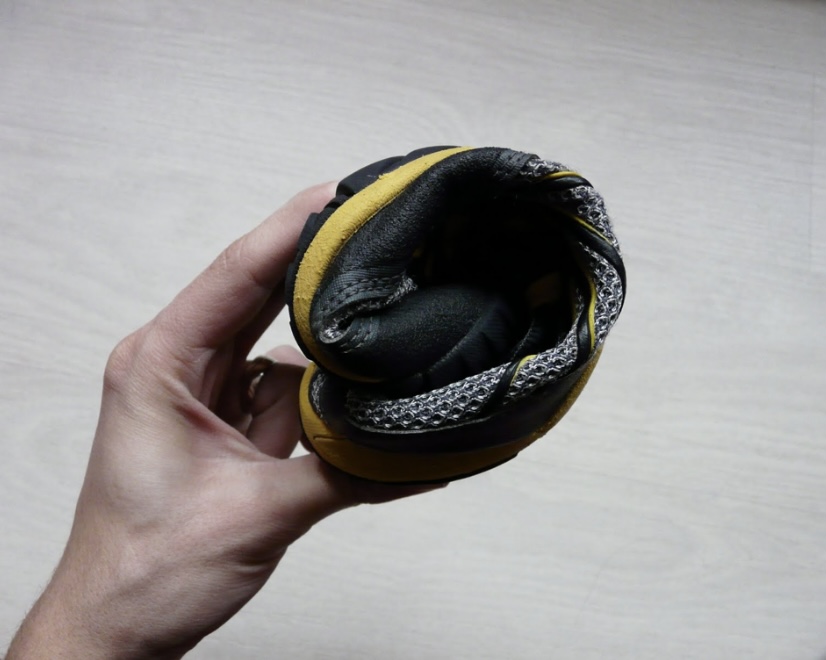
Zero grip
The sole of a barefoot shoe should be flat, there should be zero difference between the toe and the heel. Even a minimal heel represents a significant influence on the natural position of the foot and the stability of the entire body, which subsequently leads to unnatural walking, deformations of the spine or displacement of the body's center of gravity.
